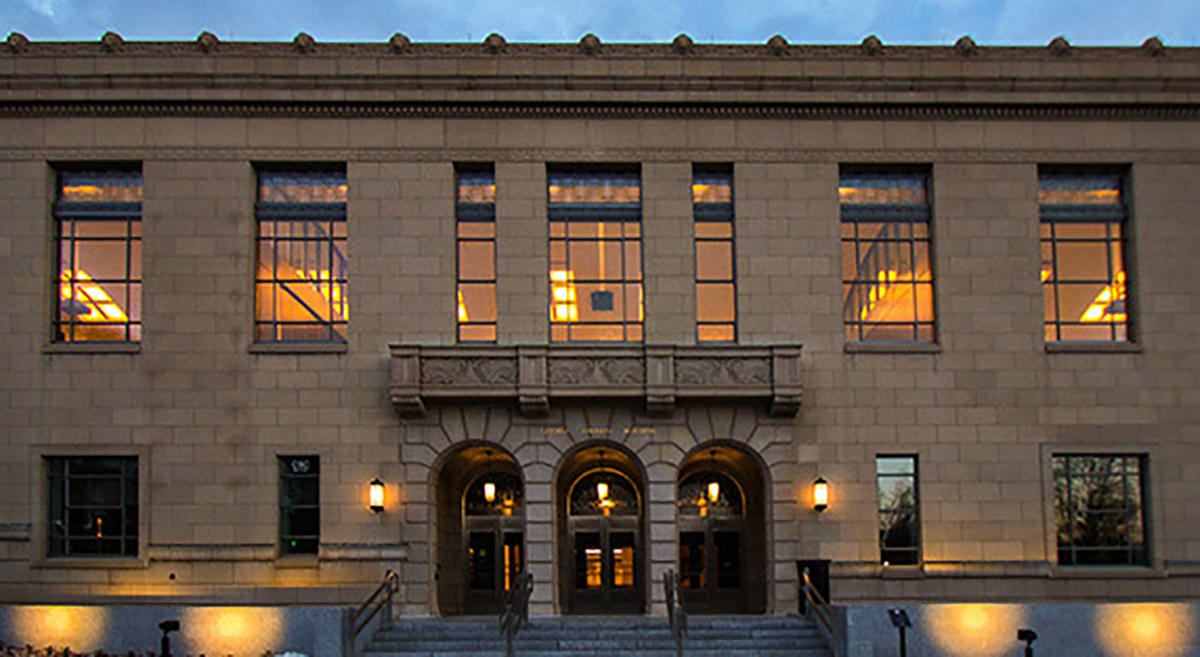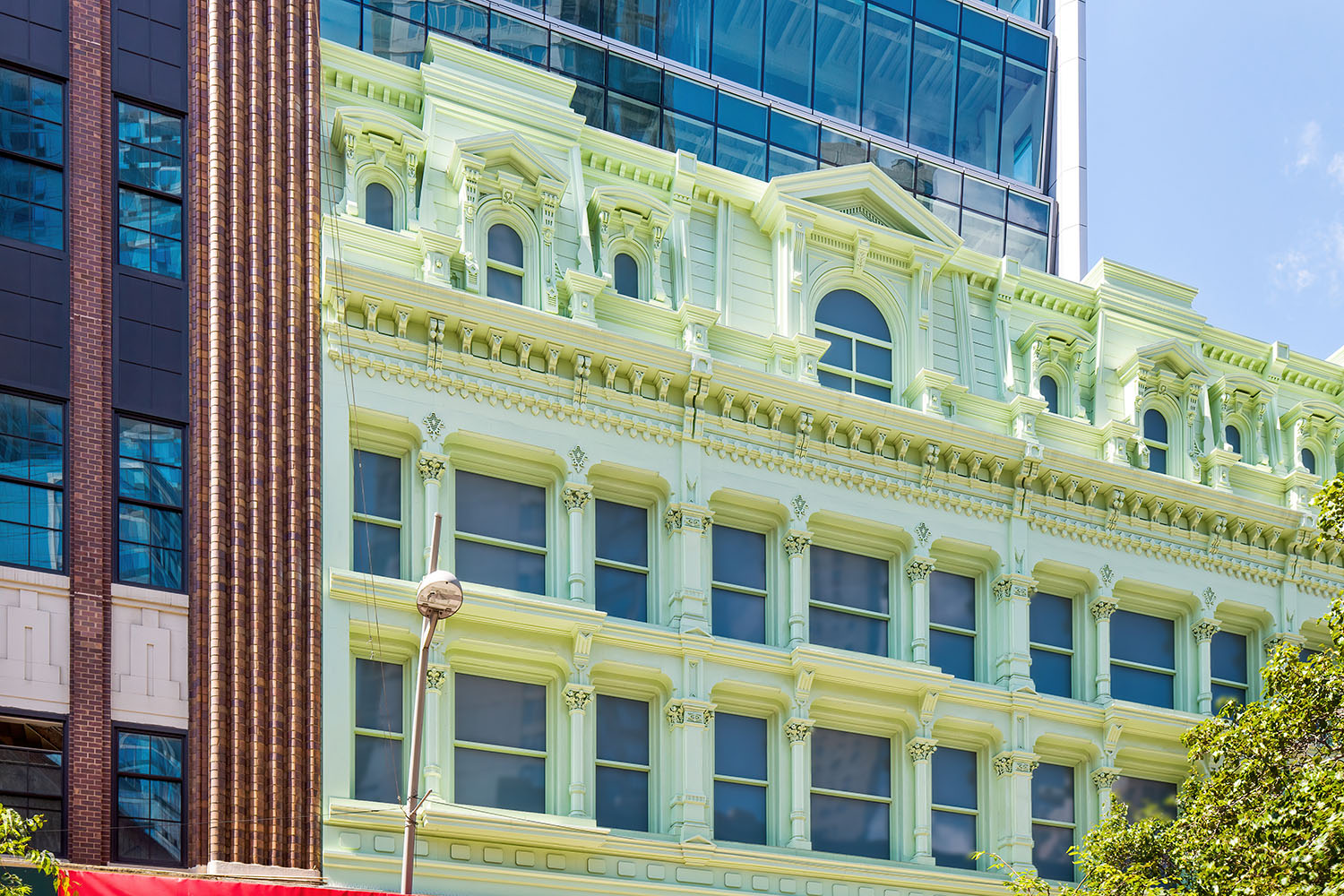There are some key considerations for creating architectural window solutions for commercial applications and replacing historic windows effectively.
Here are the top seven tips for ensuring your next historic window replacement is as seamless as possible.
1. Always Check the Regulations
There are a lot of added rules and regulations when working on historic properties. For example, any property listed on The United States National Register of Historic Places will be required to follow the ten standards set out by the National Parks Service (NPS) in The Secretary of the Interior’s Standards for Rehabilitation.
Not all historic buildings will be on the national registry, so it’s important to be aware of any state, county or city rules as well. Generally, the regulations stay in line with those laid out in The Secretary of the Interior’s Standards for Rehabilitation, but local laws can be more or less stringent depending on your area.
Be sure to get familiar with the regulations in your area to ensure you’re on the right track.
2. Produce Plenty of Documentation
Before replacing historic windows, you may have to appear before the review panel in your district to make a case for the window replacement. You will need to be prepared for this review process.
Bring as many photos and as much documentation of the current and proposed windows as possible. The more documentation, the better your chances of getting your historic window replacement project approved in a timely manner. Ideally, try to find historic photographs of the building to see the original design of the historic windows, as well.
3. Repair the Windows Whenever Possible
Historic district review panels will always prefer a repair to a replacement. If the building’s windows can be repaired to meet current design and energy codes, opt for that instead. It will make your approval process much easier, and it can save on expenses.
However, when you repair instead of replacing, you’ll lose out on energy efficiency, UV protection and the other benefits of modern windows. Ultimately, the building’s intended purpose will play a role in determining whether repairs or replacements are a better choice. For example, if the building has frequent visitors, things like energy efficiency will matter more than if the building will stay mostly dormant.
4. Reach Out to the Local Historical Society
Getting to the bottom of how the windows looked originally isn’t always easy. Sometimes, you’ll find that the windows have been replaced a few times, so you’ll have to do some digging to uncover the original window style.
If that’s the case, consider reaching out to your local historical society. They often have pictures or information related to local properties or know who to contact to get that information. Connecting with the local historical society will be beneficial not just for your window replacement, but also for the entire renovation process.
Keep in mind that your historic window replacements don’t have to be completely identical to the original. While the review panel will want the general appearance, operation and size to match, they’re generally more lenient on things like materials, especially if it’s to increase maintenance ease or energy efficiency.
In addition, talk with your local historical society to see if tax credits are offered in your area. State and federal tax credits may be available that can result in significant savings on the project costs.
5. Focus on the Front and Primary Elevations
Generally speaking, the regulations for windows that face away from the street or are out of the public view (like on a secondary elevation) don’t have as many regulations as windows on the front and on primary elevations.
As a result, you can generally stretch your budget by choosing more cost-effective windows for the less visible parts of the building. Of course, you have to get this approved by your local review panel, but more often than not, they will be more lenient on the less visible windows.
6. Opt for Full Frame Replacements Instead of Inserts
Interior inserts allow you to keep the frame in place and only replace the sashes. This can be advantageous because it will enable you to keep the original trim and frames. However, interior window inserts may be visible from the exterior, depending on the existing window design, sight lines and dimensions.
Full replacements will require you to replace the entire frame, sash and surrounding trim, but it’s the best way to accurately recreate the original window. As a bonus, with a complete window replacement, you get the opportunity to add extra insulation.
However, total replacements may not always be possible due to budgetary constraints or because the existing trim is impossible to remove. In that case, inserts may be the only option.
7. Choose the Right Partners
When you take on a historic renovation project, you’re going to need a handful of partners. From non-regulatory advocacy groups (like Main Street America) to skilled contractors, artisans, project managers and more, you’ll want to make sure you partner with professionals who have knowledge and experience working with historic buildings.
Trust the Experts in Historic Window Replacements
At Winco Window Company, we’re passionate about creating custom window solutions that meet your historic building’s design specifications, project requirements, budget and timeline.
Contact us today if you have any questions. If you’re ready to get started, you can find your Winco Window rep here.




